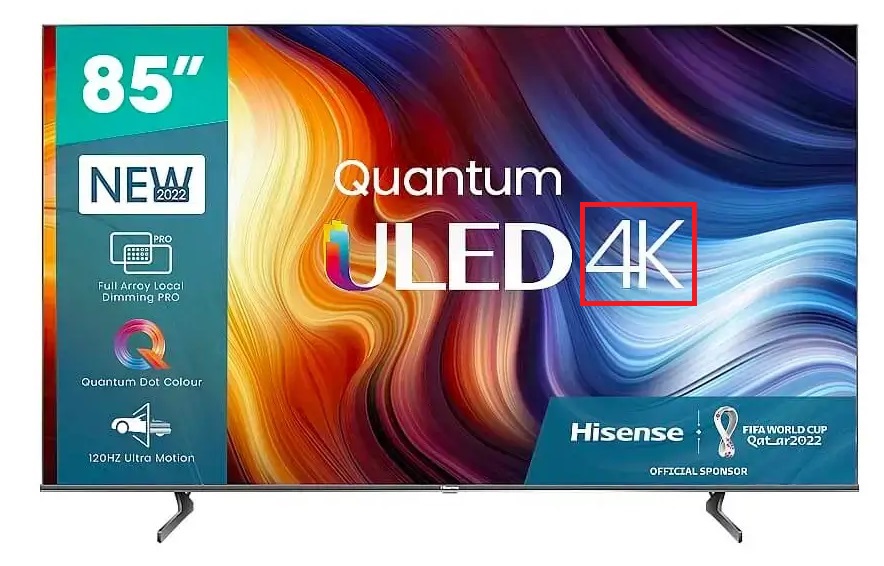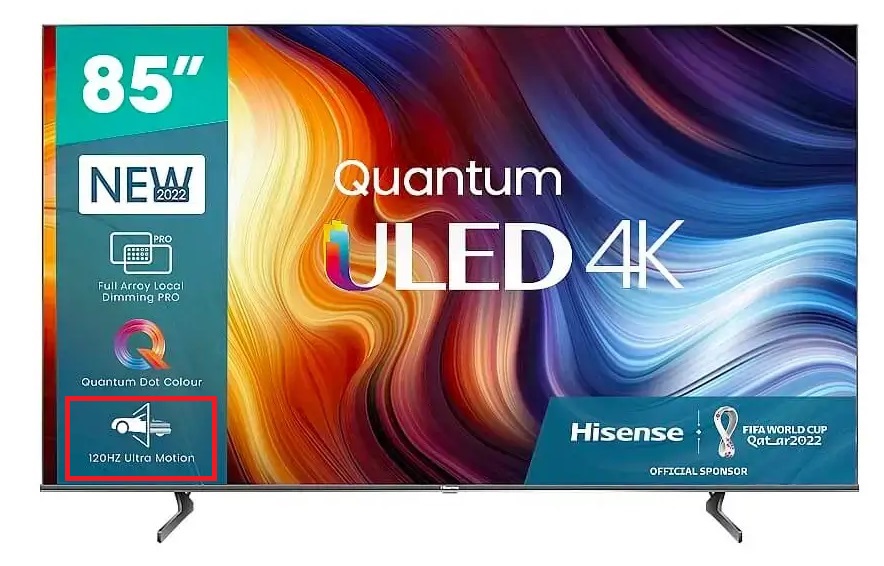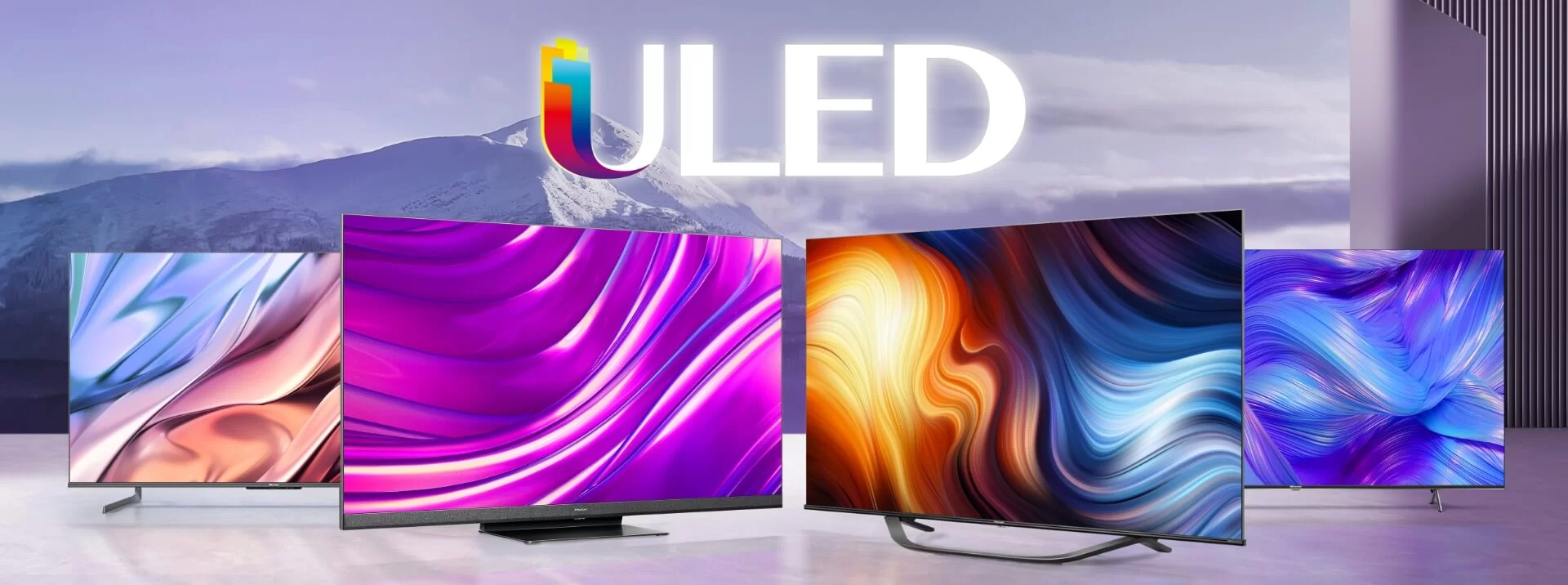As with everything in life TVs are becoming more complex but thankfully, when it comes to this particular subject, it is a net benefit as all the new complexity usually means better displays.
The downside here is keeping up with all the terminology and what it means for you during the buying experience and, maybe more importantly, your enjoyment after.
Device manufacturer Hisense is here to help, offering TVs with all the latest tech you could want, and today the company is going to help you in your enjoyment journey with a brief guide for some of the more important terms in the TV world.
4K (and resolution in general)

4K has quickly become the de facto standard for TVs but for everyone who discusses them, far fewer actually know what this term means.
4K refers to the resolution of a screen. Resolution is the amount of pixels – the building blocks of all displays – that you can see on a screen.
The old gold standard for displays was High Definition, also called HD. This is 1920 X 1080 pixels, which means any given HD screen has 1920 X 1080 = 2 073 600 pixels. Two million may sound like a lot but consider that screens have only gotten larger, stretching that quality thin.
4K usually refers to a resolution of 3840 X 2160 = 8 294 400 pixels. That’s right – millions of more pixels.
With these raw numbers it’s easy to see why 4K has become so popular.
Refresh rate

The refresh rate is simply the amount of times, per second, the image on your display is redrawn. Every display works by taking a series of images and refreshing, or redrawing, them many times per second to give the illusion of video.
Like with resolution, we are seeing older refresh rates replaced with newer, faster ones.
Many older TVs have a refresh rate of 60 Hertz (60 Hz), which means that the screen is redrawn 60 times per second. We have seen this get steadily bumped up over the years and you can now find new Hisense TVs with 120 Hz as a standard.
In applications such as videogames a higher refresh rate can make the action on screen feel smoother, more engaging and “snappier”.
Even some TV and movies offer higher refresh rate options too. Many report that sports, for example, also benefit from a higher refresh rate.
OLED? ULED? Laser?

When shopping for TVs you may see various mentions of LEDs and other light sources. This describes the specific display technology inside of the TV which physically creates the images.
You may be familiar with a Light Emitting Diode (LED), and this is the basis of many modern TVs, with variants created for various benefits. Organic Light-Emitting Diode (OLED) and Ultra LED (ULED) both have their own benefits such as increased brightness, and truer blacks.
Laser is a rarer technology and Hisense utilises this in its higher tier TVs which are actually projectors, which come with benefits of projectors such as a smaller footprint and bigger screen. Those who have only used projectors of the past will be shocked by the brightness, clarity and overall theatre-like quality that can be achieved with a home projector, especially a Hisense laser option.
Unlike resolution and refresh rate – where more is preferred – there is no simple answer as to what is better for your display technology and your next TV.
Different technology can offer better results in certain circumstances, and there is always the consideration for budget and personal preference.
Thankfully Hisense offers, OLED, ULED, laser and many other TVs to suit your exact needs and wants.
With the above information below giving you insight into the finer details of TV tech, you can shop with confidence, but don’t forget to speak directly to your retailer of choice who can recommend the best Hisense TV for you, especially when it comes to OLED, ULED, laser and others.

